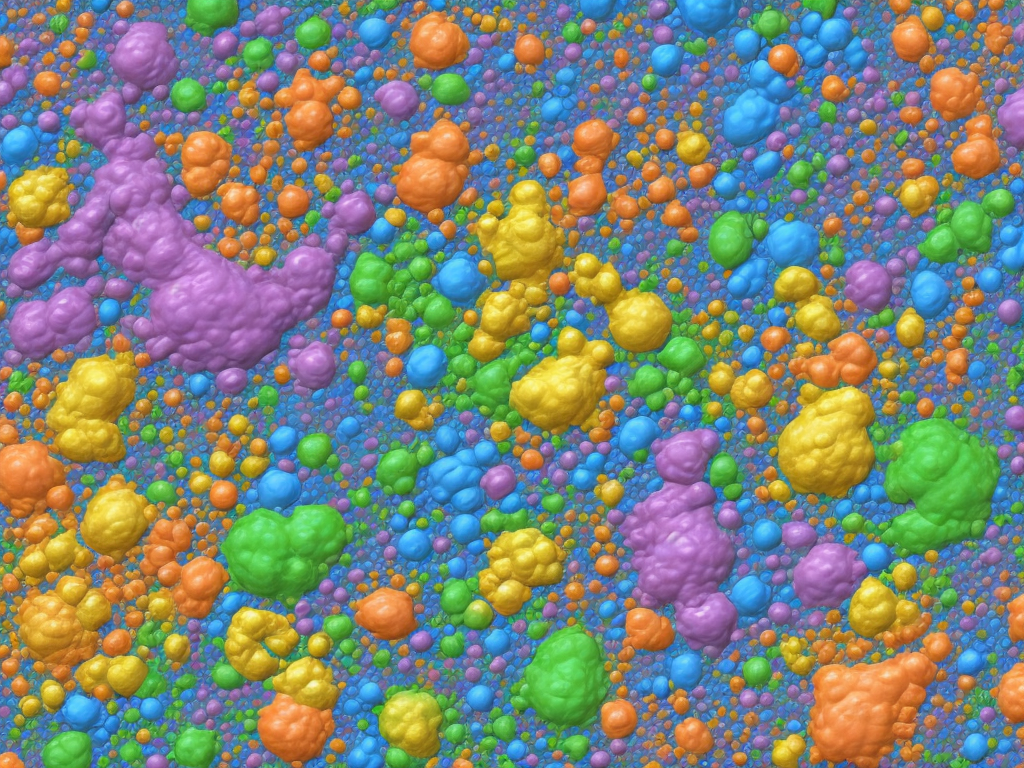
Lymphomas are cancers that arise in the lymphatic system. The lymphatic system is a network of vessels and lymph nodes that transport lymph fluid from the tissues back into the bloodstream and help fight infections. Lymphomas can be broadly divided into two main types: Hodgkin lymphoma (HL) and non-Hodgkin lymphoma (NHL).
HL and NHL are quite different in terms of their biology, clinical features, and prognosis. Understanding the differences between these two types of lymphoma can help patients and their families make informed decisions about treatment options and managing their disease.
Hodgkin Lymphoma
HL accounts for about 10% of all lymphomas. It typically presents with painless enlargement of lymph nodes in the neck, armpits, or groin. Other symptoms may include fever, night sweats, weight loss, itching, and fatigue. HL can occur at any age but is more common in young adults and older adults over 55 years old.
HL is defined by the presence of Reed-Sternberg (RS) cells, which are large abnormal lymphocytes that originate from B cells. These cells have a unique appearance with large, bilobed nuclei and abundant cytoplasm. The RS cells are surrounded by a background of other immune cells, including T cells, B cells, and macrophages.
HL is further classified into four subtypes based on the microscopic appearance of the RS cells and the surrounding immune cells:
1. Nodular sclerosis HL (NSHL): This is the most common subtype of HL, accounting for 60-80% of cases. NSHL is characterized by nodules of RS cells surrounded by bands of fibrous tissue.
2. Mixed cellularity HL (MCHL): This subtype accounts for 20-25% of cases. MCHL has an increased number of RS cells and an abundance of other immune cells, including eosinophils, plasma cells, and histiocytes.
3. Lymphocyte-rich HL (LRHL): This subtype is rare and accounts for less than 5% of cases. LRHL has few RS cells and many surrounding lymphocytes.
4. Lymphocyte-depleted HL (LDHL): This subtype is also rare and accounts for less than 1% of cases. LDHL has an increased number of RS cells and a decreased number of surrounding immune cells.
The treatment of HL depends on the subtype, stage, and grade of the disease. Treatment options may include chemotherapy, radiation therapy, immunotherapy, and stem cell transplantation. The overall survival rate for HL is high, with approximately 90% of patients achieving a complete response to treatment and long-term remission.
Non-Hodgkin Lymphoma
NHL accounts for about 90% of all lymphomas and is more common than HL. NHL can occur at any age but is more common in older adults over 60 years old. The symptoms of NHL are similar to those of HL and include painless enlargement of lymph nodes, fever, night sweats, weight loss, itching, and fatigue.
NHL is a heterogeneous group of lymphomas that arise from different types of immune cells, including B cells, T cells, and natural killer (NK) cells. NHL can be further classified into more than 20 subtypes based on the morphology, immunophenotype, genetic abnormalities, and clinical features of the disease.
The most common subtypes of NHL are diffuse large B-cell lymphoma (DLBCL), follicular lymphoma (FL), and marginal zone lymphoma (MZL). DLBCL accounts for about 30-40% of all NHL cases and is characterized by fast-growing tumor cells that can arise from B cells at any stage of maturation. FL and MZL are indolent NHL subtypes that grow slowly and can remain asymptomatic for many years.
The treatment of NHL depends on the subtype, stage, and grade of the disease. Treatment options may include chemotherapy, immunotherapy, radiation therapy, targeted therapy, and stem cell transplantation. The prognosis of NHL varies widely among subtypes and ranges from highly curable to rapidly fatal.
Key Differences between Hodgkin and Non-Hodgkin Lymphoma
1. Reed-Sternberg Cells: Hodgkin lymphoma is defined by the presence of abnormal Reed-Sternberg cells, which are large B-cell derived lymphocytes with a unique morphology. Non-Hodgkin lymphoma can arise from B cells, T cells, or NK cells and does not have Reed-Sternberg cells.
2. Subtypes: Hodgkin lymphoma has four subtypes based on the microscopic appearance of the RS cells and the surrounding immune cells. Non-Hodgkin lymphoma has more than 20 subtypes based on the morphology, immunophenotype, genetic abnormalities, and clinical features of the disease.
3. Age Distribution: Hodgkin lymphoma can occur at any age but is more common in young adults and older adults over 55 years old. Non-Hodgkin lymphoma is more common in older adults over 60 years old.
4. Clinical Features: Hodgkin lymphoma typically presents with painless enlargement of lymph nodes in the neck, armpits, or groin. Other symptoms may include fever, night sweats, weight loss, itching, and fatigue. Non-Hodgkin lymphoma can also present with painless lymph node enlargement and similar symptoms but can affect other organs outside the lymphatic system.
5. Prognosis: Hodgkin lymphoma has a high overall survival rate, with approximately 90% of patients achieving long-term remission. Non-Hodgkin lymphoma has a wide range of prognosis depending on the subtype, stage, and grade of the disease, but some subtypes can be highly curable, while others can be rapidly fatal.
In conclusion, Hodgkin lymphoma and non-Hodgkin lymphoma are quite different types of lymphomas with distinct biology, clinical features, and prognosis. Both types of lymphoma require careful diagnosis and treatment planning by a multidisciplinary team of hematologists, oncologists, pathologists, and radiologists. Advances in molecular and genetic profiling of lymphomas are enabling more precise diagnoses and personalized treatment approaches that hold promise for improving outcomes and reducing side effects.
 Self-Instruct
Self-Instruct